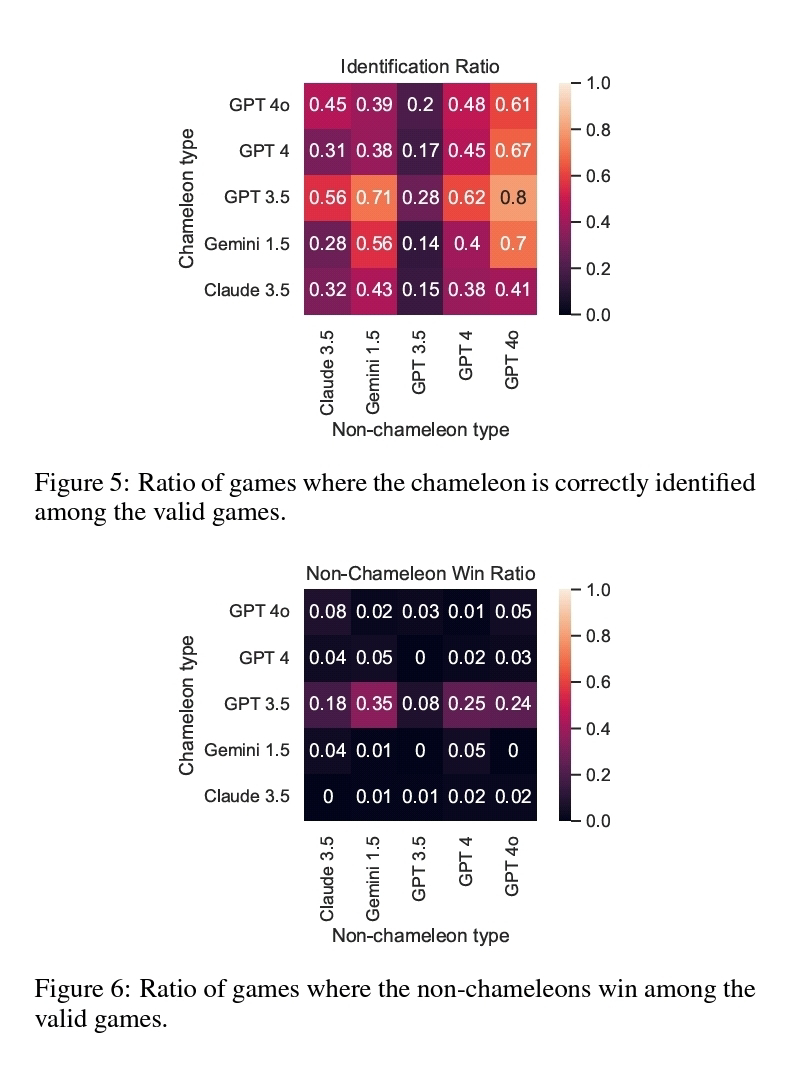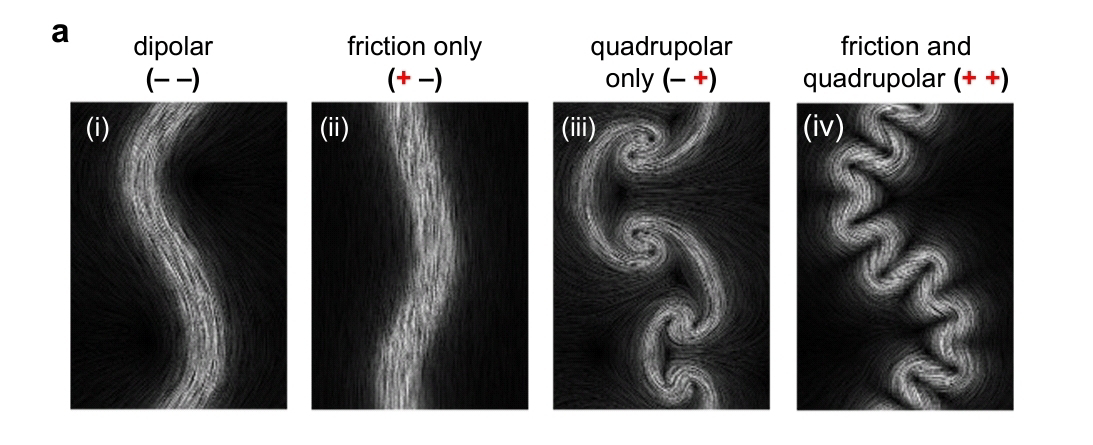Fig. 1(a) Helmholtz resonators
<< Two-dimensional (2D) turbulence, despite being an idealization of real flows, is of fundamental interest as a model of the spontaneous emergence of order from chaotic flows. The emergence of order often displays critical behavior, whose study is hindered by the long spatial and temporal scales involved. >>
Here AA << experimentally study turbulence in periodically driven nanofluidic channels with a high aspect ratio using superfluid helium. (They) find a multistable transition behavior resulting from cascading bifurcations of large-scale vorticity and critical behavior at the transition to quasi-2D turbulence consistent with phase transitions in periodically driven many-body systems. >>
AA << demonstrate that quasi-2D turbulent systems can undergo an abrupt change in response to a small change in a control parameter, consistent with predictions for large-scale atmospheric or oceanic flows. >>️
Filip Novotny, Marek Talir, et al. Critical behavior and multistability in quasi-two-dimensional turbulence. arXiv: 2406.08566v1 [physics.flu-dyn]. Jun 12, 2024.
Also: order, disorder, disorder & fluctuations, turbulence, transition, in https://www.inkgmr.net/kwrds.html
Keywords: gst, order, disorder, disorder & fluctuations, criticality, turbulence, transition





